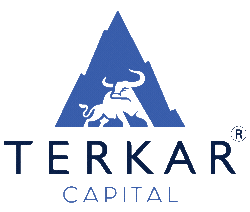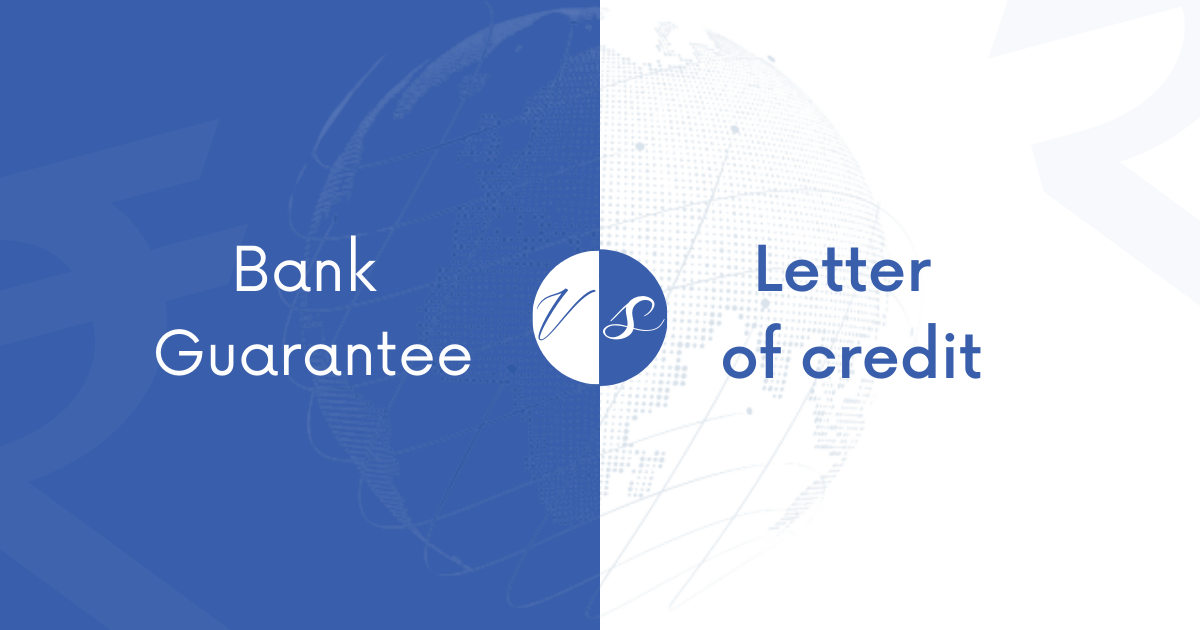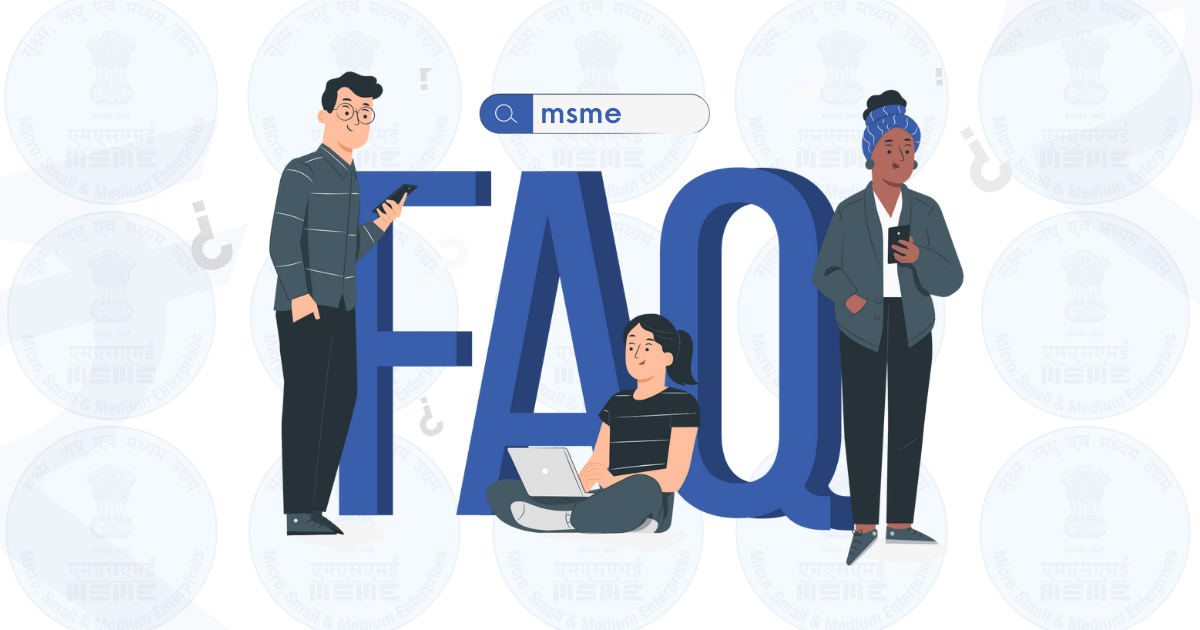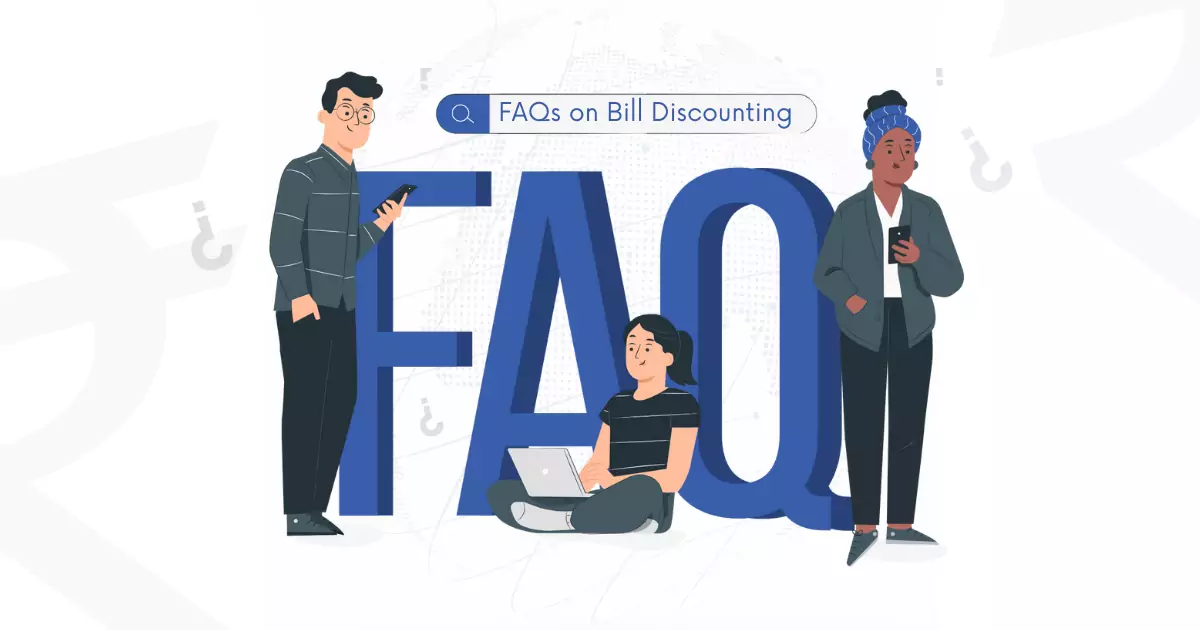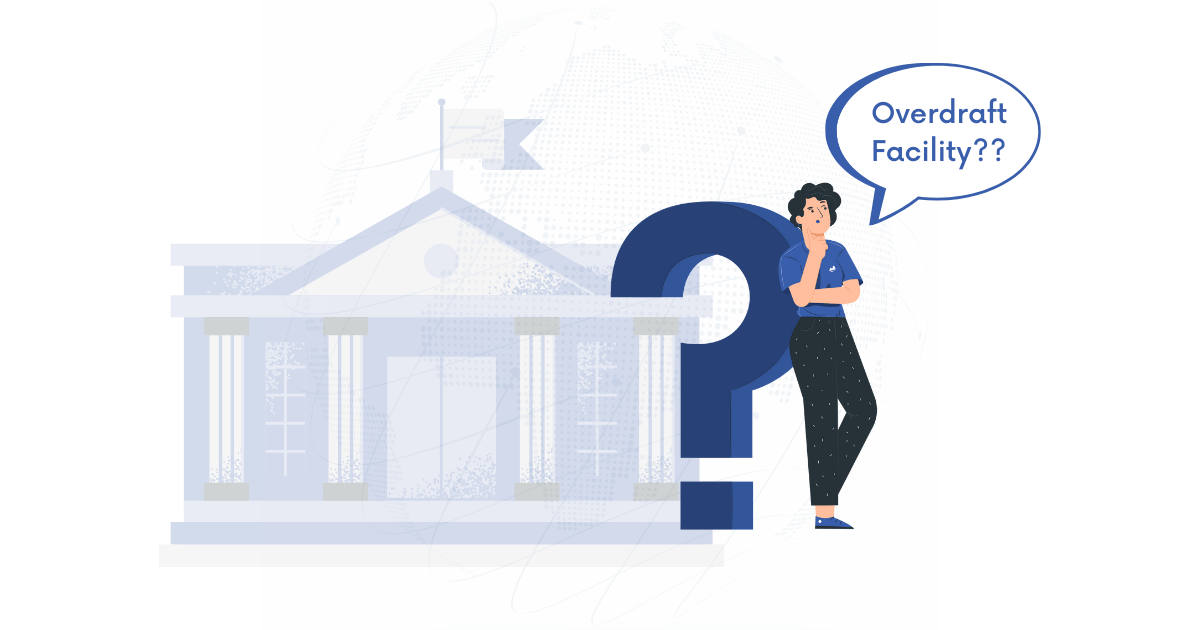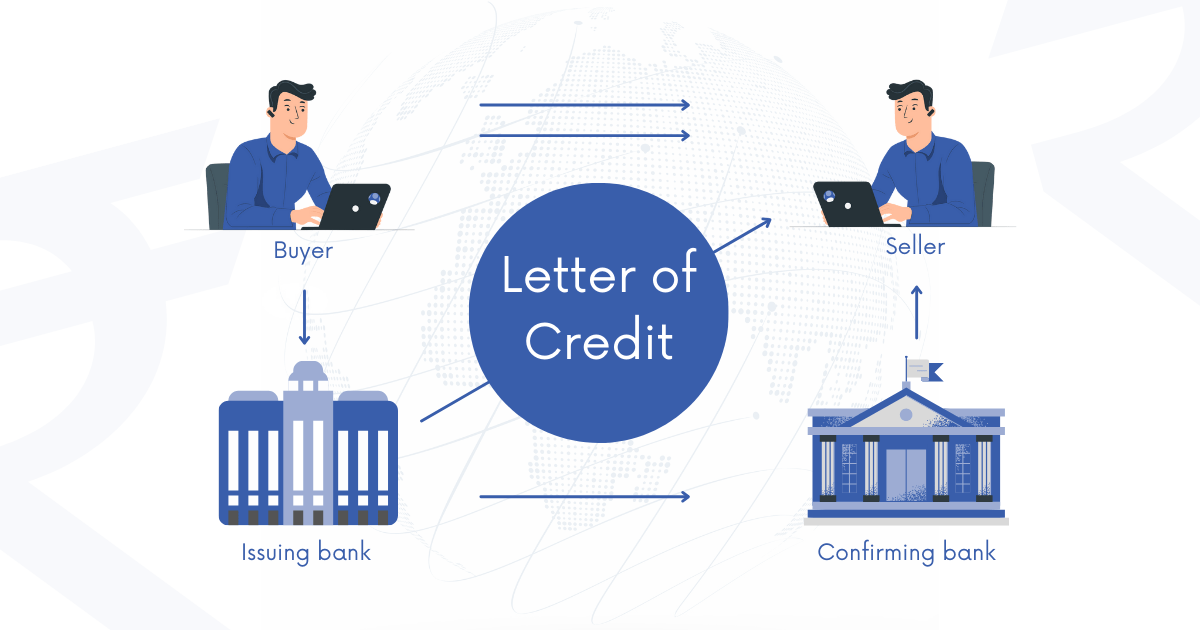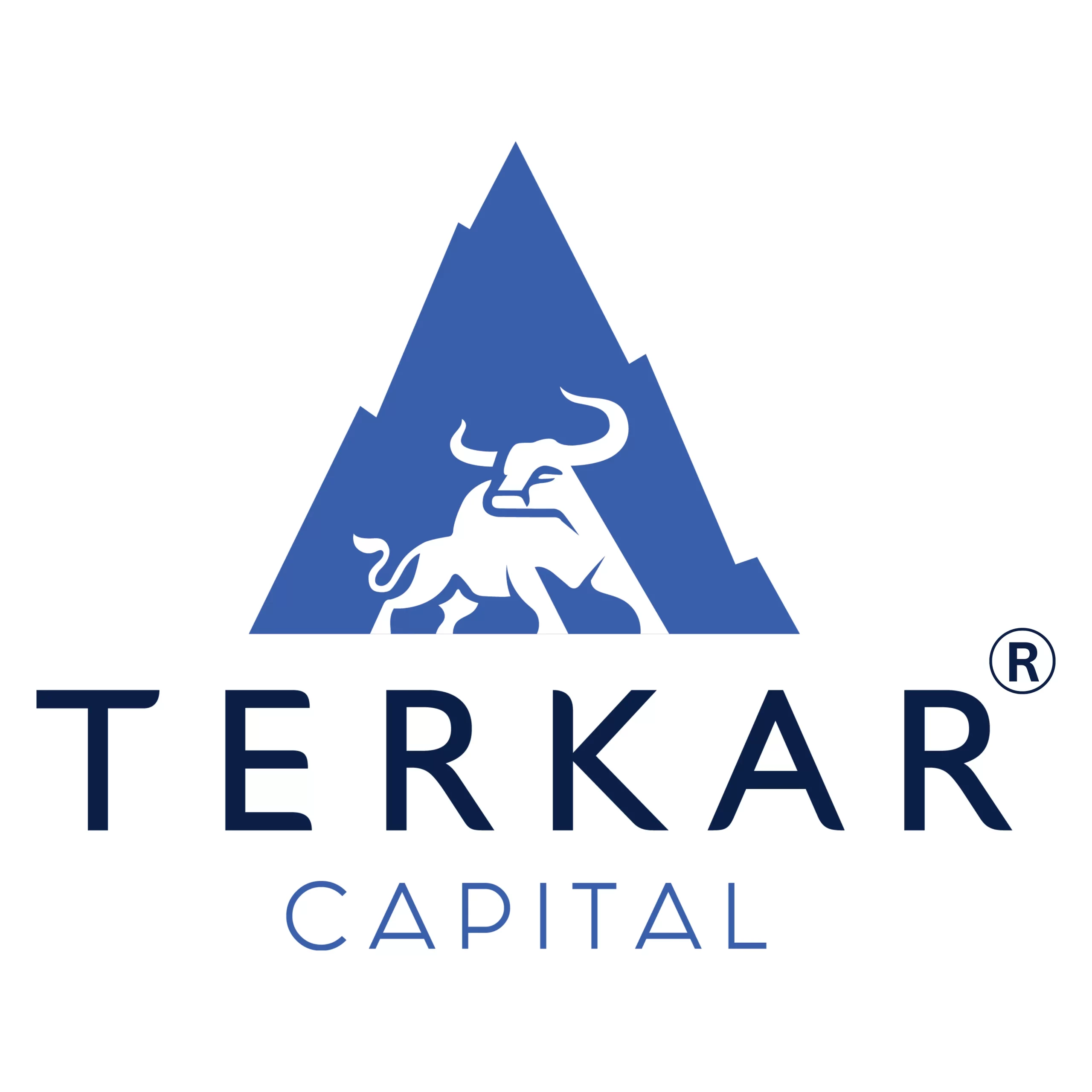Difference between Bank Guarantee and Letter of Credit A bank guarantee and a letter of credit are assurances provided by financial institutions. They serve as a means for a borrower to fulfil their obligation to another party, regardless of the borrower’s current financial situation. Although they have differences, both bank guarantees and letters of credit assure the third party that if the borrower is unable to repay their debt, the financial institution will intervene on the borrower’s behalf. It’s important to note that while a bank guarantee is similar to a letter of credit, they are not identical. So, let’s delve into the comparison between bank guarantees and letters of credit. What is Bank Guarantee? A bank guarantee is a contractual agreement where the bank offers assurance on behalf of the customer to the beneficiary. This guarantee ensures that the bank will take responsibility for payment if the customer fails to fulfil their obligations. Essentially, a bank guarantee acts as a safeguard by settling the debts of the debtor. It assures the lender that if the borrower defaults on the loan, the bank will step in and fulfil the payment commitment. Types of Bank Guarantee: 1. Confirmed Payment Guarantee This is an irrevocable obligation, with this a specific amount is paid by the bank to a beneficiary on behalf of the client by a certain date. 2. Shipping guarantees A written guarantee is presented to the carrier in the event of goods arriving before the arrival of the shipping documents. 3. Loan guarantees An institution that issues a loan guarantee pledges to take on the financial obligation if the borrower defaults. Learn bank guarantee in detail here. What is a Letter of Credit? A letter of credit serves as a reliable means of ensuring payment in financial transactions. It is essentially a commitment made by the buyer’s bank to compensate the seller based on the specified documents. When an LC is issued, it provides a safety net for both parties involved. If the buyer fails to fulfil their payment obligations, the bank steps in and guarantees payment. This process of LC discounting effectively eliminates the risk for the seller and provides them with the much-needed assurance of receiving funds. Types of Letter of Credit 1. Irrevocable letter of credit An irrevocable letter of credit is a guarantee from a bank, issued in the form of a letter. Thus, an agreement is created. Wherein the buyer’s bank agrees to pay the seller as soon as certain conditions of the transaction are met. 2. Confirmed letter of credit This refers to an additional guarantee obtained by the borrower in addition to the first letter of credit from another bank. This is done in case there is an issue with the credibility of the first bank issuing LC. 3. Import letter of credit This refers to an additional guarantee obtained by the borrower in addition to the first letter of credit from another bank. This is done in case there is an issue with the credibility of the first bank issuing LC. 4. Export letter of credit The letter of credit, when received by the exporter’s bank, becomes an export letter of credit. Before the exporter can receive payment, he has fulfilled certain terms and conditions and submitted the required documents as mentioned in the letter of credit. 5. Revolving letter of credit A single revolving letter of credit can cover several transactions between the same buyer and seller. Key Difference between Bank Guarantee and Letter of Credit Bank Guarantee Letter of Credit Definition Bank Guarantee is given by the bank to the beneficiary in case there is a default in payment by a borrower LC is a financial document for assured payment. Parties Involved 3 Parties namely the issuer, banker, and the beneficiary (third party). 4 Parties namely the LC Issuing bank, the issuer, the beneficiary (third party), and the advising bank. Nature of business Government contract Import-Export Default Becomes active when the borrower makes a default in payment Doesn’t wait for applicants to default Payment Done when an obligation is not fulfilled. Payment is made when certain conditions are fulfilled Risk Customers assume risk primarily Bank assumes the primary risk Liability Bank only makes the payment when the borrower makes defaults on the payment Bank holds primary liability and makes the payment and then collects it from the customer later. Why choose Terkar Capital? Terkar Capital arranges financial instruments for business situations. We consult aspiring entrepreneurs and promote seamless funding solutions to them. We arrange and provide a wide range of products as per the client’s needs and expectations. Our team of experts constantly guides the clients in every step of the funding process. Thus, preserving the confidentiality of the respective clients.
- Office Hours - Mon to Sat - 9:00 to 19:00 Hrs
- Yes@terkarcapital.com
- +91 7414973455
